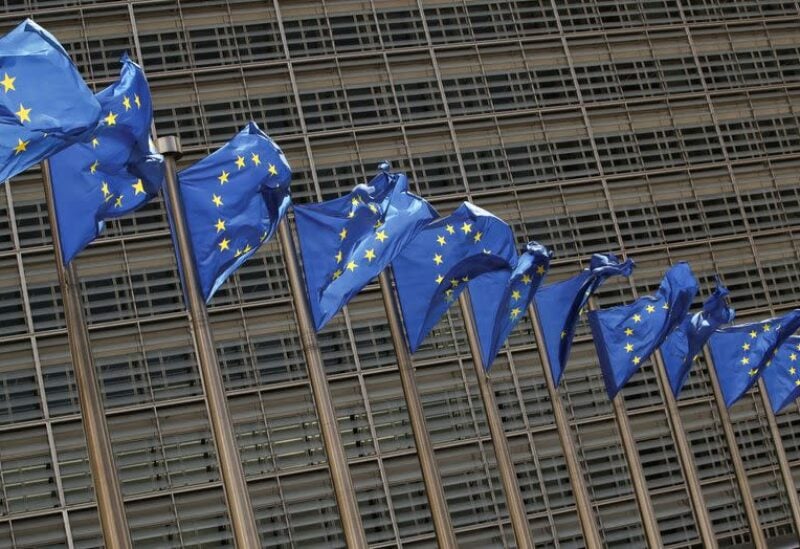
The European Commission announced on Wednesday that the European Union is set to issue stricter regulations on waste, air pollution and use of chemicals in a bid to protect public health and tackle major causes of biodiversity loss.
The plan to address pollution, published on Wednesday, sets out targets for 2030, on the way towards reducing water, air and soil pollution to levels no longer deemed harmful to nature and health by 2050.
EU Environment Commissioner Virginius Sinkevicius said “one of the big lessons we have learned from the COVID crisis is the close connection between human health and the health of the planet. At the moment, neither is doing well.”
He added that vulnerable groups including low-income communities bear the brunt of pollution’s negative impacts.
Dirty air is a major culprit and is associated with the EU’s climate change goals, since vehicles and factories that churn out pollutants also emit planet-warming gases such as CO2.
The Commission said that by 2030 it seeks to reduce premature fatalities linked to air pollution by at least 55%.
Europe’s air quality has been enhanced in recent years but is still deadly, with 379,000 premature fatalities in the EU in 2018 associated with exposure to particulate matter, according to the European Environment Agency.
The Commission noted that it would revise EU air pollution limits next year to better align them with upcoming World Health Organisation recommendations. Tighter “Euro 7” rules, slated to be proposed this year, will also limit vehicle pollution.
Other targets for 2030 include a 25% reduction in ecosystems where air pollution threatens biodiversity and a 50% reduction in marine plastic litter.
In order to meet those goals, the Commission will suggest measures to phase out endocrine disruptors – chemicals that interfere with hormones -, revise pesticides regulations to reduce the use of chemicals and consider capping ammonia emissions from livestock farming and factories.